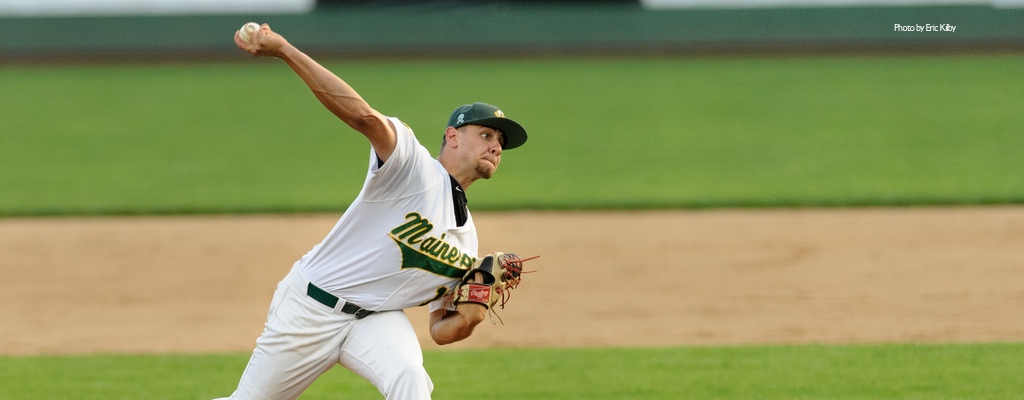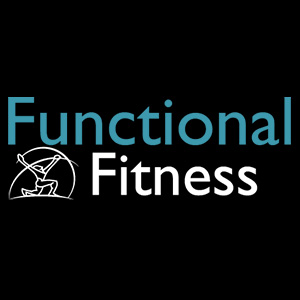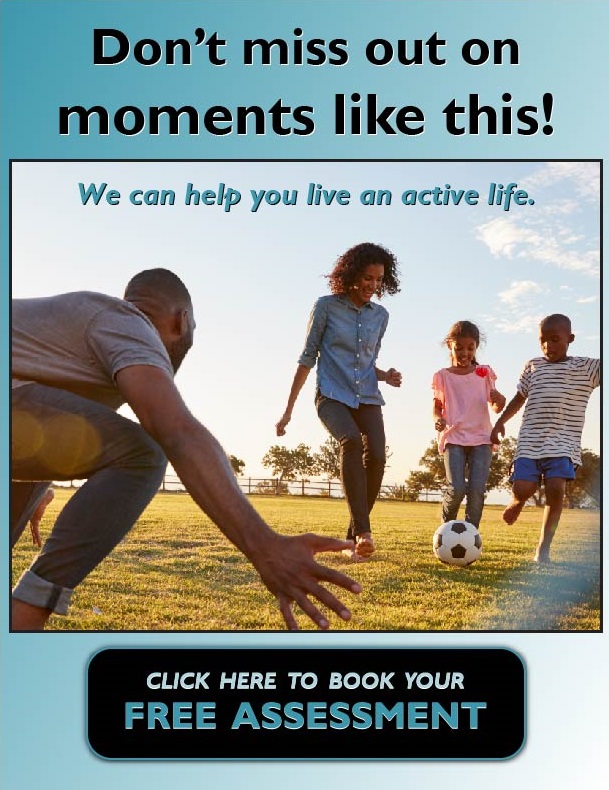
While pitching has always been inherently prone toward injury, it seems as if this year there’s an injury epidemic in Major League Baseball. Promising young arms are going under the knife left and right.
Many take these incidents as a clue about the unnatural aspects of throwing a baseball. That in some way, the human body was never meant to throw something, despite the extensive historical evidence suggesting humans have been throwing for a very long time.
So why is everyone getting injured? Many have suggested overuse and overthrowing as potential answers. That young baseball players are throwing too many innings on too many teams and they are trying to break the radar guns with excessive speed. Others suggest that as young boys, kids don’t throw like they used to. You used to see boys playing catch in the park or organizing their own games of baseball. It is rare to see that now and maybe early development of sound strength and neuromuscular control is at fault.
Whichever it is, we see a rise in torn rotator cuffs among many other injuries. Often times rotator cuff injuries demonstrate how important our shoulder motion is to the accomplishment of even the most mundane tasks.
A torn rotator cuff is actually a pretty common injury. It weakens your shoulder and makes even the seemingly easiest activities like putting on a pair of pants or reaching overhead to grab a plate difficult— let alone trying to throw a baseball.
The Cuff
The rotator cuff is a connection of 4 muscles. The rotator muscles surround the head of the humerus which is the ball or head of the upper arm. It is a much larger surface than the socket of the shoulder, which is called the glenoid fossa. In fact the surface area of the socket is 1/3 to 1/4th that of the humeral head.
In essence, we give up stability in the shoulder for the incredible mobility the joint gives us. Because of the size of the humeral head in comparison to the glenoid socket, we need coordinated and strong muscles to keep the head of the humerus from rolling out of the socket.
The 4 muscles which perform this feat are called the rotator cuff.
It is called a cuff because the 4 muscle surround the head of the humerus and each of the muscles flat sheet-like tendons blend together to form a blanket around the ball. The real function of these muscles is to keep the humeral head centered in the socket. Watch a pitcher throw in slow motion and you can appreciate the motion and force requirements on the ball and socket.
Diagnosing the Tear
When a tear occurs in a rotator cuff tendon, the motion in your arm becomes painful. Torn tendons usually begin by fraying only becoming completely torn if damage is left unattended.
Tears in the rotator cuff occur either through an acute tear, meaning some specific action has led to this result such as over exerting yourself with too much pressure (lifting weights) or as a part of a larger injury (broken collarbone) or fall on the shoulder or outstretched hand.
More common, however, is a degenerative tear. This happens when the tendons wear down over time. Pitchers often encounter this tear after prolonged repetition of the throwing motion. If there is muscle imbalances (tight or weak) or loss of endurance the normal mechanics of the joint become altered.
In essence the ball slides around too much putting stress on the musculature and ligaments trying to hold the ball in the socket. This can lead to muscular fatigue and ultimately abnormal stress on the cuff. Degenerative tears often occur due to overuse, a poor blood supply to the rotator cuff tendons, or due to boney outcroppings (bone spurs), which can rub on the upper surface of the rotator cuff.
The symptoms of a rotator cuff tear will be pain. Many times the injury is preceded by a tendon strain in one of the 4 muscles. It will hurt to lift your arm. It will hurt when you are at rest. You might even encounter some strange popping sensations when you move your arm in specific manners. The pain is often right at the tip of the shoulder. Sometimes pain can radiate over the deltoid muscle and lateral arm.
Be Connected — Cuff to Shoulder
The muscles that surround the shoulder blade (scapula) are of utmost importance to the function of the rotator cuff. The scapula moves in coordination with the upper arm to help maintain the proper relationship between the ball and socket. The muscles which attach from the rib cage to the scapula help the scapula load effectively so it can assist the rotator cuff. The scapular muscles also help absorb forces that come in to the shoulder from the legs and trunk and transfers them to the shoulder. We use the acronym A SICK when diagnosing: S for scapula being in a sub-optimal position. I for inferior border of the shoulder blade sticking out. C for coracoid, a bony crank on the front of the shoulder blade that is painful. And k for DysKinisea where improper motion and stability of the scapula leads to abnormal stress on the rotator cuff.
While some instances will require surgery to regain optimal function, many people that deal with rotator cuff issues can relieve pain through non-surgical means. In fact, physical therapy is an excellent option. It can provide specific strengthening exercises that help rebuild movement and provide strength for the shoulder. Physical therapy can also help you work through stretches that improve flexibility and range of motion, as well as increase the strength and coordination of the scapular muscles. If the muscles that support your shoulder are stronger, it not only relieves pain but also lightens the load on the highly stressed areas. If you do have surgery it is important to realize how important regaining the proper motion, flexibility, strength and coordination is to an optimum functioning shoulder. If physical therapy is not an ongoing need, it can often be helpful in terms of getting the right exercises for independent work at home or at the gym.
Baseball season means a new cadre of arm injuries will emerge. But it doesn’t mean you should stop pitching. Even if you don’t play ball but live an active lifestyle, there’s a chance your movements are putting stress on your rotator cuff. Physical therapy can help, making sure you don’t continue fraying your tendons toward a rotator cuff tear.


















